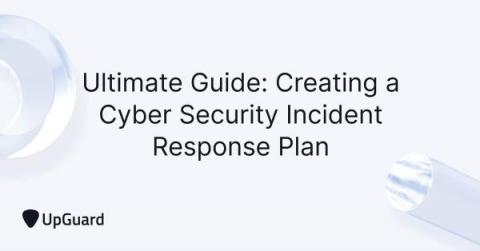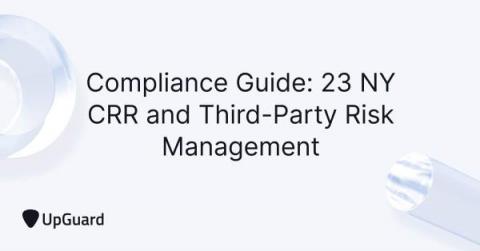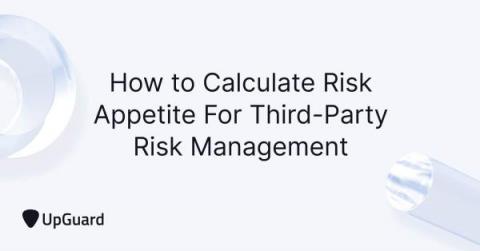Penetration Testing: Practical Introduction & Tutorials
You’ve built an awesome business — it is booming and making money. You’ve streamlined all the processes and operations. Business is good. But, when you build something great, it attracts cyber criminals. Your business is valuable to you and cybercriminals can leverage it. That’s why security is important. You can use different security approaches to secure your application, infrastructure and network. In this post we’ll focus on one such approach: penetration testing.











